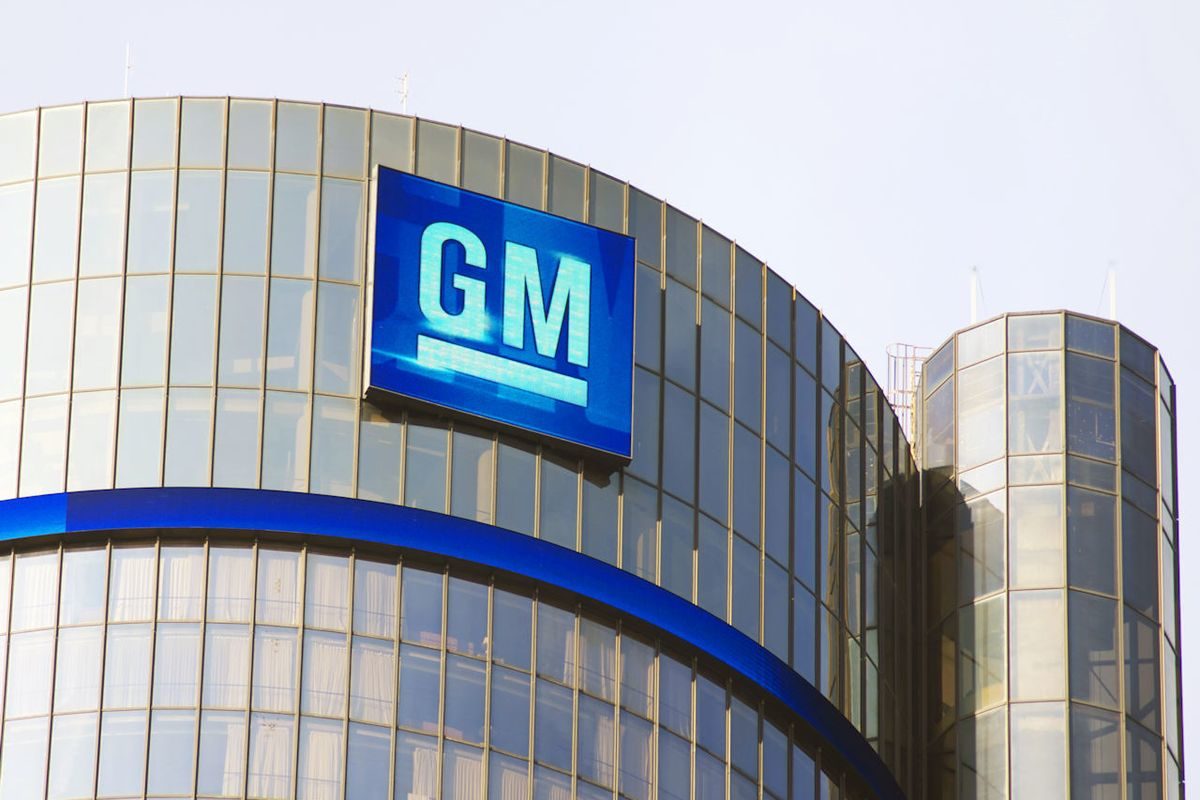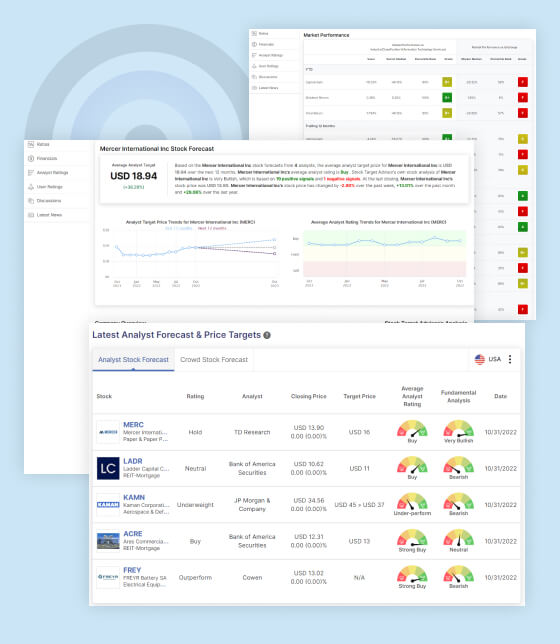GM Prioritizes Profit
General Motors (GM), one of the world’s largest automakers, has recently made a strategic decision to prioritize profit over rapid expansion, setting it apart from competitors like Tesla. By lifting its full-year profit guidance and reducing investments in new products while simultaneously focusing on cutting operating costs by an additional $1 billion through the end of next year, GM aims to strengthen its financial position and ensure sustainable success. This article delves into GM’s approach, the implications of their strategy, and how it diverges from Tesla’s growth-focused model.
GM’s Profit-First Strategy
In a strategic shift, GM has chosen to place a greater emphasis on profitability rather than pursuing aggressive growth in the short term. By lifting its full-year profit guidance, the company signals its commitment to enhancing its financial performance and creating value for shareholders. This move is likely to be received positively by investors, as it demonstrates GM’s determination to maintain a robust bottom line amid market uncertainties.
Reduced Investment in New Products
One of the key elements of GM’s profit-first strategy is the decision to curtail its investment in new products. While continuous innovation is crucial for staying competitive in the automotive industry, GM seems to be adopting a more cautious approach. By reducing new product investments, the company aims to allocate its resources more efficiently and improve cash flow. This shift could lead to a slowdown in the introduction of new models but may allow GM to focus on optimizing its existing portfolio for improved profitability.
Cost-Cutting Measures
To complement its reduced investments in new products, GM plans to cut operating costs by an additional $1 billion through the end of next year. Cost reduction initiatives could span various areas, including supply chain optimization, workforce efficiency, and streamlining internal processes. By driving down operational expenses, GM aims to enhance its operational efficiency and maximize profits without compromising the quality of its products or services.
Divergence from Tesla’s Growth-Oriented Model
GM’s strategic direction contrasts with that of Tesla, a prominent player in the automotive industry. Tesla has long prioritized aggressive growth, channeling substantial resources into expanding its product line, global market presence, and technological advancements. While this approach has fueled Tesla’s meteoric rise and established it as a leader in the electric vehicle market, it has also led to persistent concerns about the company’s profitability and financial sustainability.
The Two Paths and Their Implications
GM’s shift towards a profit-first strategy highlights a fundamental difference in the philosophies of traditional automakers and newer entrants like Tesla. While GM aims to bolster its financial foundation and ensure stable returns for investors, Tesla continues to seek rapid expansion and technological innovation, even at the expense of short-term profitability.
GM’s approach may be more appealing to risk-averse investors who prioritize steady returns and financial stability. On the other hand, Tesla’s growth-oriented strategy could attract investors seeking higher rewards through the potential for substantial market share gains and exponential growth.
GM Outlook
GM’s decision to prioritize profit over growth, coupled with its plans to reduce investment in new products and cut operating costs, reflects a strategic shift aimed at fortifying its financial position. By striking a balance between innovation and financial prudence, GM seeks to create sustainable value for its stakeholders in a highly competitive industry.
As the automotive landscape evolves, both GM and Tesla offer compelling strategies that cater to different investor preferences and market dynamics. Ultimately, time will reveal the effectiveness of GM’s profit-first approach and its impact on the company’s long-term growth and success in a rapidly changing automotive world.
GM Stock Forecast & Analysis
General Motors Company (GM) has been under the scrutiny of numerous analysts, each providing valuable insights into the company’s future performance and stock trajectory. Based on the analysis of 15 experts, the consensus among analysts is optimistic, with an average target price of USD 49.91 for GM’s stock over the next 12 months. This forecast suggests a potential increase in the stock price, making it an attractive prospect for investors seeking potential growth opportunities in the automotive industry.
The positive sentiment towards General Motors is further reinforced by the average analyst rating of “Buy.” This rating indicates a strong vote of confidence from the investment community, suggesting that GM’s fundamentals, business strategies, and market positioning are viewed favorably, with expectations of favorable returns in the foreseeable future.
Stock Target Advisor offers a more cautious outlook. Their own stock analysis rates GM’s stock as “Neutral.” This rating is based on a comprehensive assessment of 7 positive signals and 7 negative signals related to the company’s performance, market trends, and external factors. The balanced rating indicates that while GM shows potential for growth, there are also concerns and uncertainties that investors should consider before making investment decisions.
At the last closing, General Motors Company’s stock price stood at USD 39.30. Over the past week, the stock has experienced a slight increase of +1.42%. The marginal uptick suggests that investors are cautiously optimistic about the company’s short-term prospects, perhaps responding to recent news or developments in the automotive industry.
The stock’s performance over the past month has been more remarkable, with an impressive growth rate of +8.62%. This substantial gain signals strong positive momentum in GM’s stock, potentially fueled by positive financial results, new product launches, or market optimism regarding the company’s long-term prospects.
Over the last year, General Motors Company’s stock has delivered substantial returns, with an increase of +13.35%. This outstanding performance underscores the company’s ability to navigate challenges and capitalize on opportunities in a rapidly changing automotive landscape. Factors such as increased demand for electric vehicles, successful cost management, and the company’s strategic positioning have likely contributed to this upward trajectory.
General Motors Company’s stock forecast from 15 analysts points to a positive outlook, with an average target price of USD 49.91 for the next 12 months. The “Buy” rating from analysts reflects their confidence in the company’s prospects. However, Stock Target Advisor’s “Neutral” rating serves as a reminder to approach the investment with caution and conduct a comprehensive analysis of both positive and negative signals.

STA Research (StockTargetAdvisor.com) is a independent Investment Research company that specializes in stock forecasting and analysis with integrated AI, based on our platform stocktargetadvisor.com, EST 2007.








































